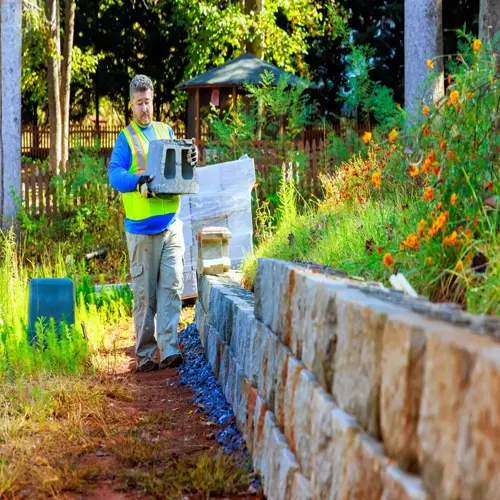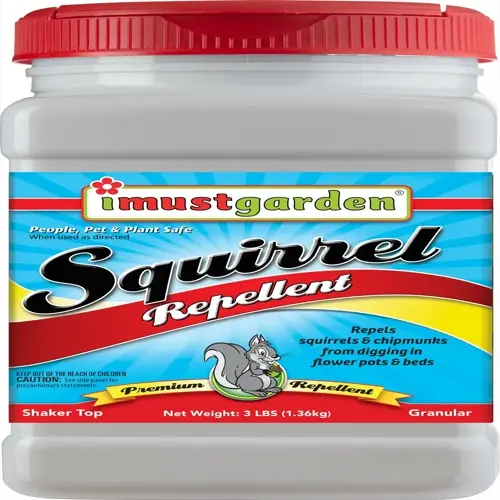Can plants recover after being damaged by frost?

Written by
Benjamin Miller
Reviewed by
Prof. Samuel Fitzgerald, Ph.D.Frost-damaged plants will regrow as long as their root system have not been damaged. Leaves will blacken, and stems will droop over, but the crown and roots are usually still alive. Wait until new growth appears, then prune off dead material. I have saved hibiscus plants that looked completely dead after severe frost.
Recovery begins with proper evaluation. Look closely to make sure there's green tissue underneath the bark. Lightly scratch the stems near the soil level to check for live cambium; damaged leaves often fall off on their own. Hold off on cutting until new shoots indicate the direction of recovery. Hurting recovery begins by cutting too early.
Pruning Technique
- Wait until new growth reaches 3-4 inches
- Cut 1/4 inch above healthy buds or shoots
- Sterilize tools between plants to prevent disease
Nutrition Management
- Apply balanced 10-10-10 fertilizer at half strength
- Water deeply before fertilizing to prevent root burn
- Add compost tea for microbial support
Environmental Protection
- Shield plants from wind and direct sun for 1 week
- Maintain consistent soil moisture without saturation
- Cover during subsequent frost threats
Tropical plants need extra attention. Hibiscus and bougainvillea will normally regrow from roots if they're protected. If relocated, try to shield their roots while moving potted specimens to protected locations. Protect tropical plants; those outdoors should be kept below 50°F (10°C) or frost level. After the cold temperature has passed, high-phosphorus fertilizer can be given to stimulate the recovery of roots since tropical plants are normally in shock.
Managing water will prevent undue secondary stress. Water when the topsoil dries, provided the moisture does not become saturated. Use just tepid water to avoid shock. I watered the plants in the morning hours. This allows plant foliage to dry out before the cooling evening temperatures. Constant moisture provides cellular repairs.
Avoid further injury on the path to recovery. Use anti-desiccants to limit moisture loss. Wrap the trunk with burlap for heating protection. Learn the weather forecasts and pay close attention to them. Plants are weaker after frost injury. Additional protection increases the chances of their recovering all season long.
Read the full article: How to Protect Plants from Frost Effectively

